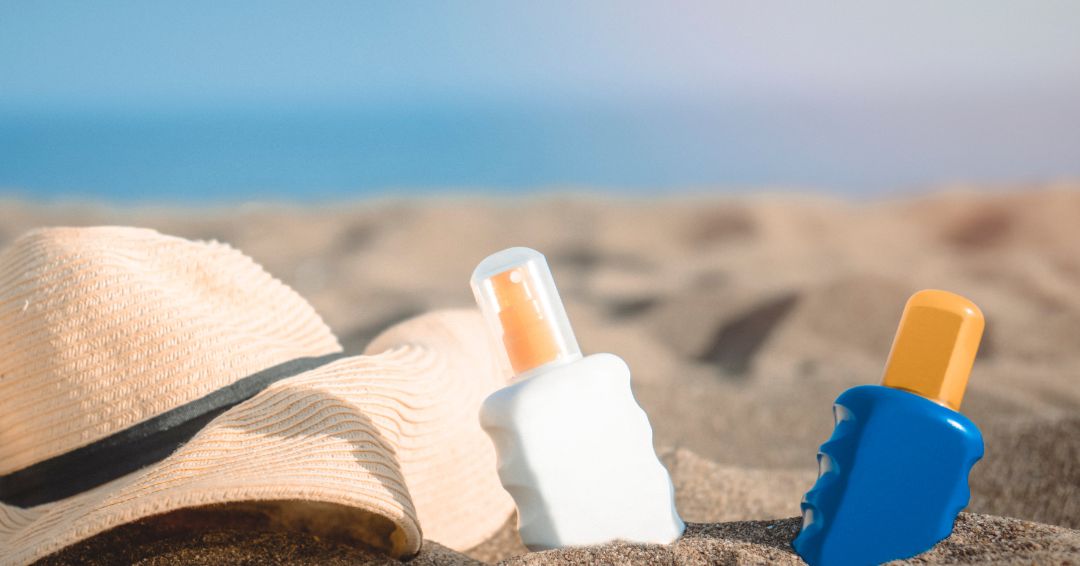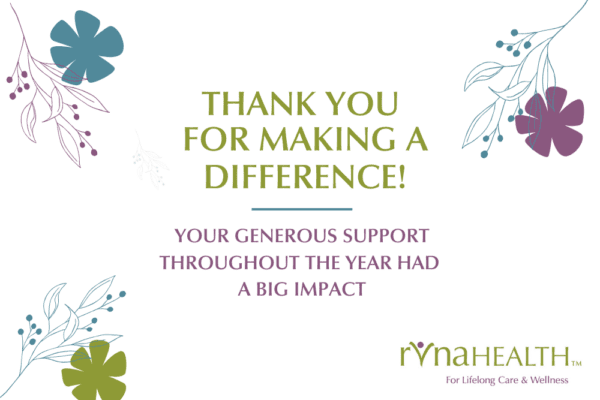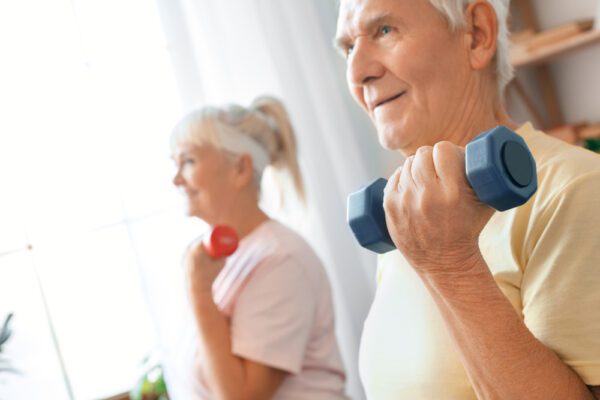

July is UV Safety Month and protective measures are essential! It is important to note that not all UV (ultraviolet) exposure is bad. Going outside and having low to moderate sun exposure offers a natural source of Vitamin D. However, long or intense exposure to the sun or any artificial sources of UV radiation can cause health risks – especially for your skin.
You may already know that tanning beds are terrible for your skin. However, what you may not know is that other sources of artificial UV radiation are everywhere — from stadiums to office buildings, to gyms and schools. These artificial sources come from mercury vapor lighting and a few types of halogen, fluorescent, and incandescent lights.
Who is at risk for high levels of UV exposure? In reality, anyone can be affected by UV radiation. However, there are some factors that can amplify one’s risk. If you are 50 and older, have light colored skin, hair or eyes, frequently spend time in the sun, or are taking certain topical or oral medications such as antibiotics, birth control pills, and benzoyl peroxide products, you should take additional precautions for your skin. When taking any topical or oral medications such as the ones listed, don’t forget to discuss potential for increased sensitivity to UV exposure and protective measures with your doctor.
How can you protect yourself? The CDC recommends six protective measures to fight UV radiation which include: staying in the shade during midday hours, wearing clothes that cover your arms and legs when possible, shielding your head and neck, wear sunglasses that block both UVA and UVB rays, use sunscreen with SPF of 15 or higher, and avoid indoor tanning at all costs! These measures offer year-round protection from both the sun and artificial sources of UV radiation.
For more information on UV protection, visit the CDC.gov website.



